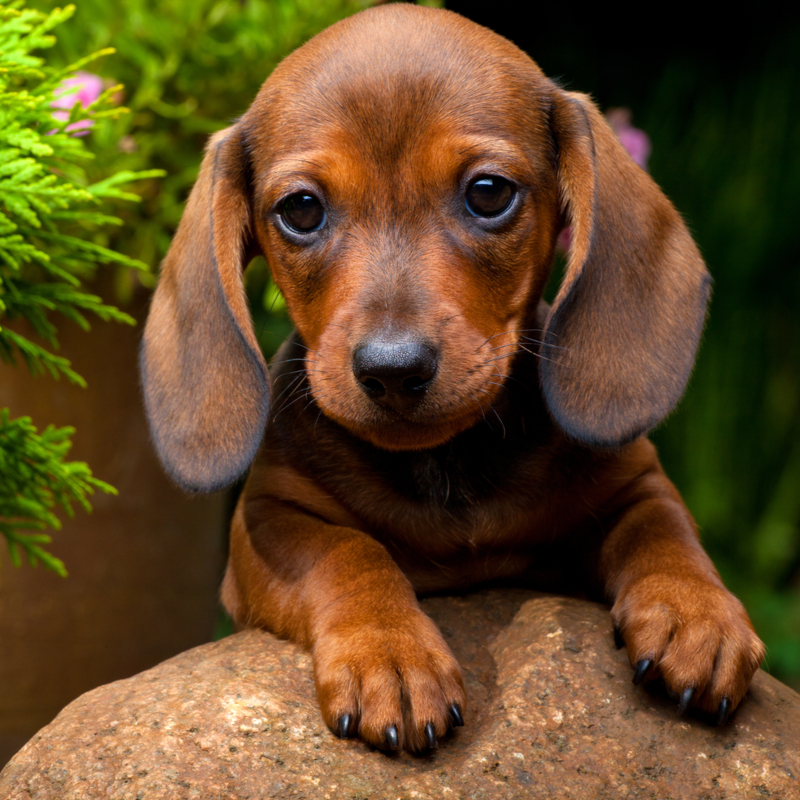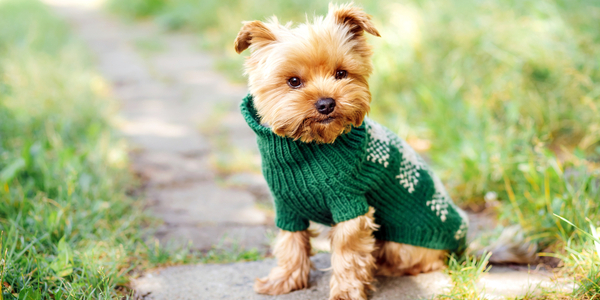Most people see small breeds as big dogs in little bodies. Frankly, this is somewhat true for some. But there are other small breeds that enjoy calmer lifestyles.
Small breeds often get a bad reputation because of their personality. Yet, a lot of them make excellent pets for both individuals and families.
Not all small breeds develop the big-dog syndrome, particularly if they’re naturally happy and social dogs. There are a few small breeds that have amazing athleticism and are capable of running circles around big breeds.
If you’re searching for a small cute fur baby, here are 5 top small breeds you can consider:
Yorkshire Terrier
Despite having small bodies, Yorkshire Terriers have big personalities they aren’t afraid of showing off. Yorkies are brave and tend to stand up to almost everything they consider a threat and alert the household.

Shih Tzu
Shih-Tzus were originally bred as aristocratic companion dogs for royalty. There’s nothing they love more than being spoiled lapdogs.
They can be pretty stubborn, however, they’re quite easier to train than most other small breeds.

Dachshund
The Dachshund’s stumpy short legs and elongated bodies have earned them the name ‘wiener dogs’. Dachshunds can be very clever and smart dogs. But they’re stubborn and can be difficult to train.

Chihuahua
Chihuahuas are the world’s smallest dog breed. They have become infamous for the fierce loyalty they show their owners. They can be pretty feisty too.
Chihuahuas can be excellent companions and great pets for individuals and families alike, but they have to be socialized frequently and early to prevent territorial aggression.

Pomeranian
There are only a handful of dogs that are more recognizable than Pomeranians. Poms are famous for their spirited personalities and fluffy coats.

They require lots of training to avoid excessive barking. Other than that, they make excellent companions.

